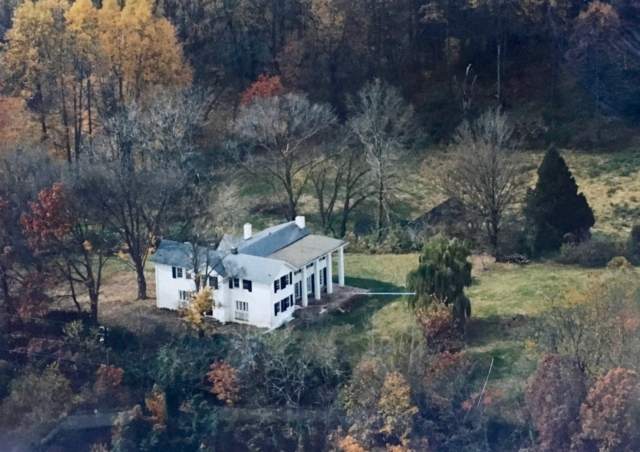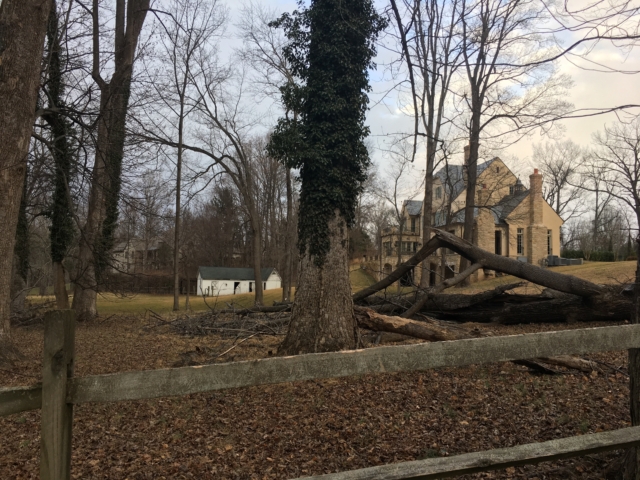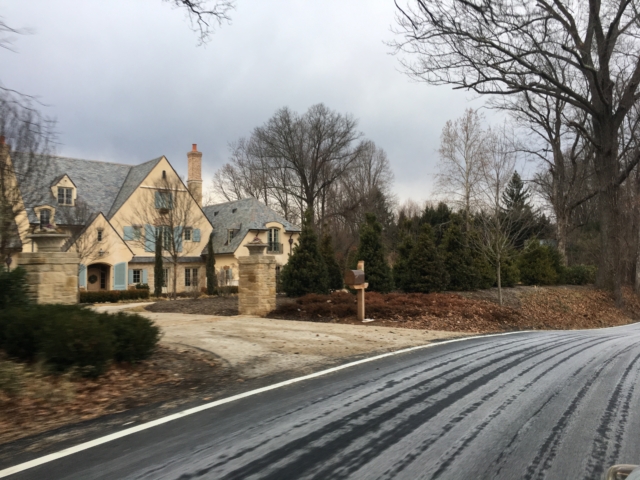Carper’s Farm Notable Facts
Located at the corner of Spring Hill Road and Georgetown Pike.
It is also accessible from Riding Ridge Place.
- First Owner: Thomas Jefferson Carper’s son, Thomas Samuel Carper
- When Prospect Hill farm (located on Bellview Road) owner Thomas J. Carper died in 1885, his 415-acre farm was divided among his heirs. Per his instructions to keep the land in his family, Carper’s son Thomas S. Carper, paid his mother Lydia L. Carper $100 for 30 acres of land located at the corner of Spring Hill Road and Georgetown Pike.
- Married to Lura Phillips Carper, Thomas S. Carper was a Blacksmith and amateur dentist – owning four sets of instruments for pulling teeth. Supporting eight children wasn’t easy and Carper died in deeply in debt.
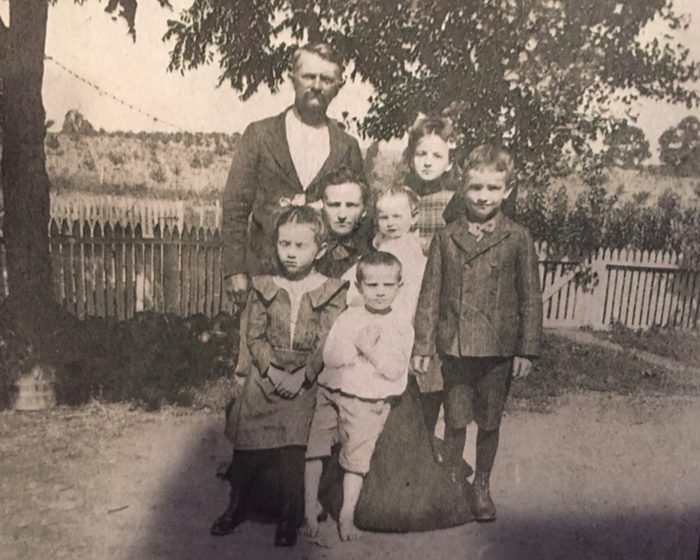
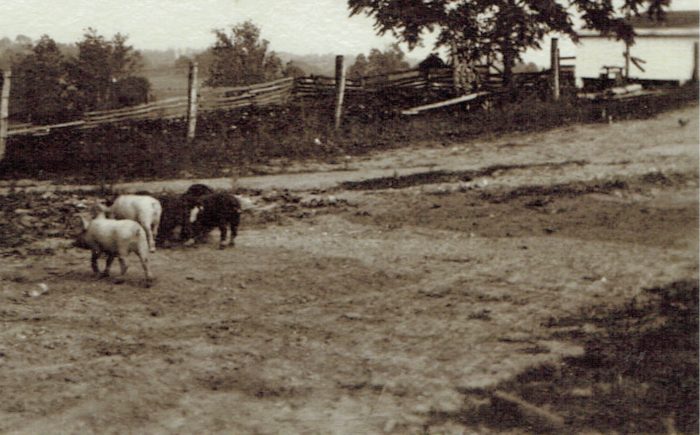
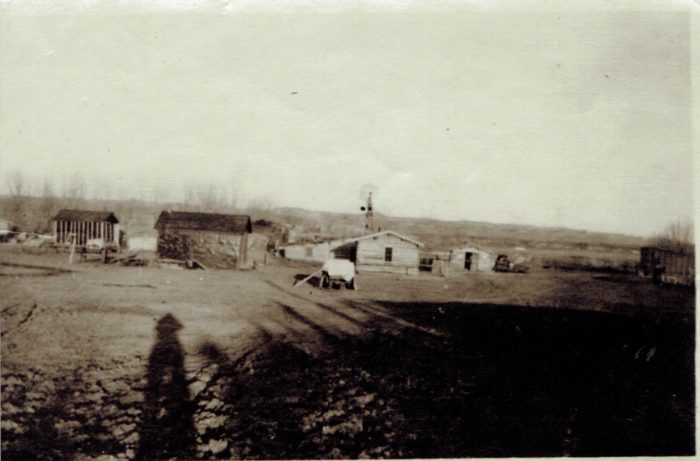

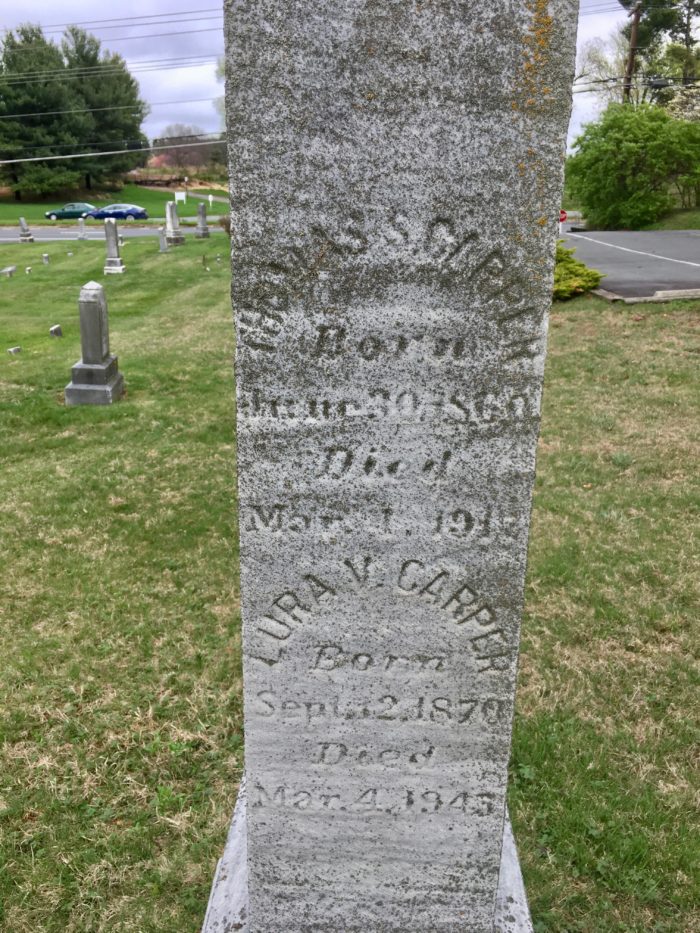
- Second Owner: Thomas Samuel Carper’s sons George Wallace and Oswald (grandsons of Thomas Jefferson Carper-Prospect Hill)
In 1918, two of Carper’s sons, George Wallace Carper and Oswald Carper paid off their father’s debts and took over the property from their mother Lura and started what became a successful dairy business. They kept the simple farmhouse, but in 1920 added two large barns, a milk house and a machine shed. A tenant house was added in 1940.
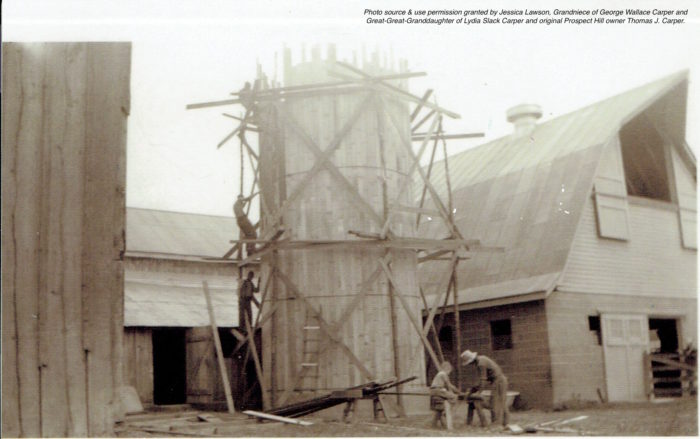
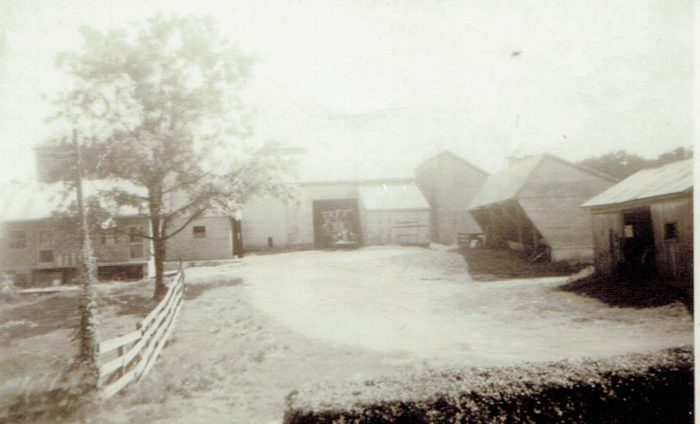
- George Wallace Carper bought out his brother Oswald and expanded the dairy operation into a trucking business delivering milk to local residents and merchants. Wallace Carper is described as having been an efficient businessman, good humored, jolly and a good neighbor who sold his milk to neighbors for only ten cents.
- Dairy farming in Virginia became prominent for nearly 100 years following the Civil War. By the 1950’s, Fairfax County was Virginia’s largest dairy producer, and the area was known for its productive herds and quality products.
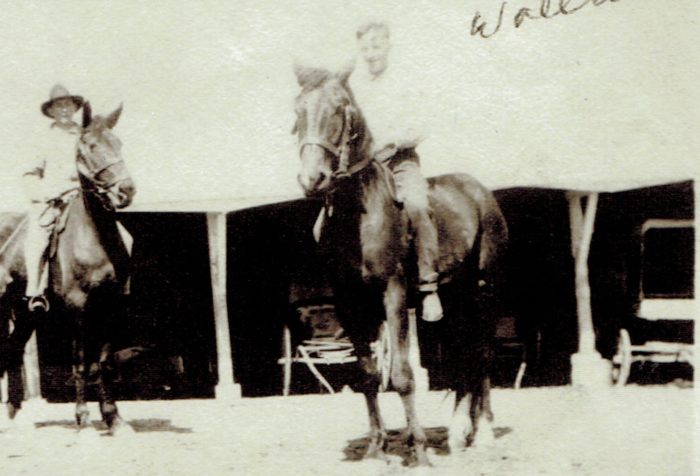

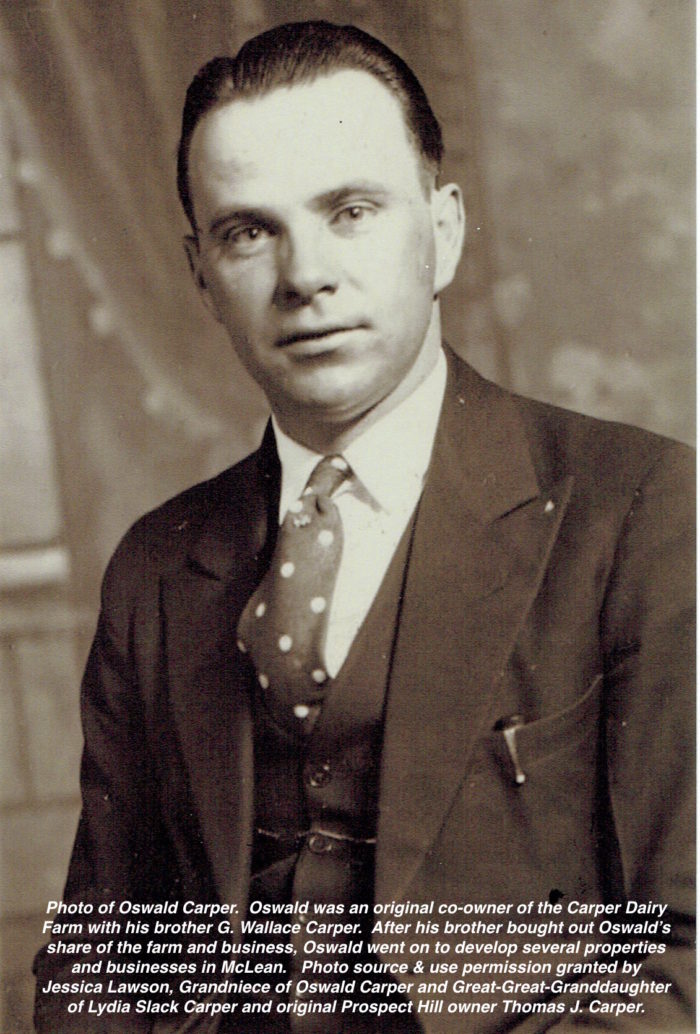
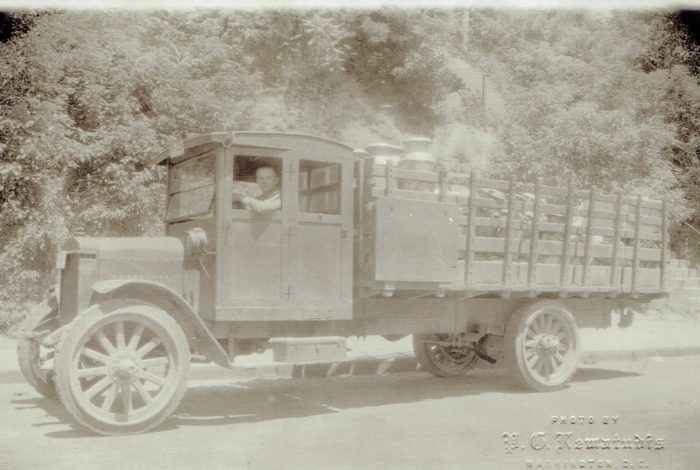
- George Wallace Carper’s large circle of friends served as the launchpad for his eventual political career. In 1932, he ran as a Democrat for the Fairfax County Board of Supervisors and he ended up serving for 24 years. From 1940-1954, he served as Chairman of the Board of Supervisors.
- In Carole L. Herrick’s book “Yesterday – 100 Recollections of McLean and Great Falls, Virginia,” area resident Don Burns recalled in 2006 his memory of Wallace Carper. Burns states, “It always tickled us during election time. Wallace would bring a pair of pants into the store for dry cleaning and stay there three or four hours greeting potential voters.”

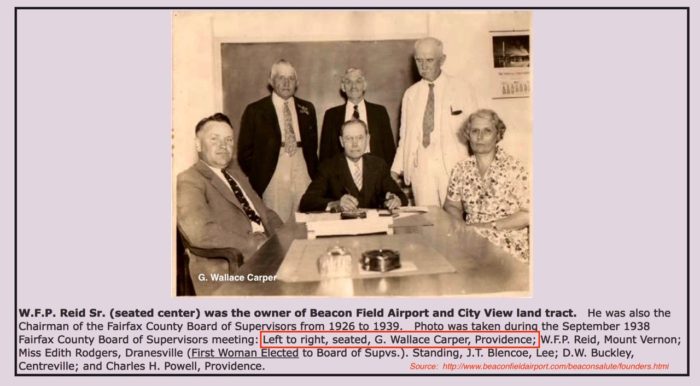
- Carper’s wife Katherine was a success in her own right too working for the Acacia Mutual Life Insurance Company.
- Carper’s dairy farm was a success until the 1960’s when emerging new grocery stores and refrigeration trucks that could deliver milk from far-away farms proved to be stiff competition for customers. At the same time, increased taxes soon became unaffordable for the Carpers and nearby housing developments were making the land worth more than the dairy operation itself. With declining health, Carper sold the property and structures to the Greenway Heights Land Corporation on March 7, 1962
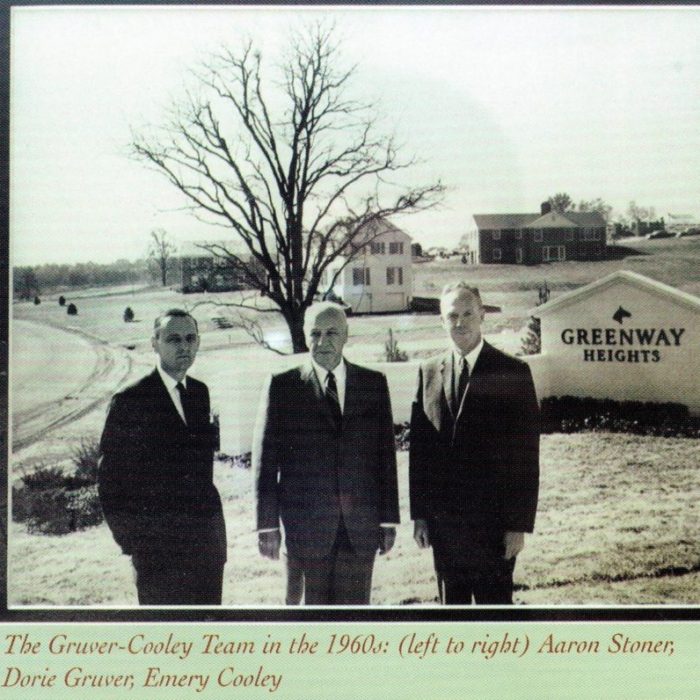
- While most of the Carper land was used for the Greenway Heights neighborhood development, most of the structures from the farm operation remained. The original, main barn was eventually leveled to make room for the GWH housing development leaving just the one barn that is visible today.

- Subsequent Owners:
Henry and Anne Godfrey purchased 10.164 acres of land including the Carper’s original buildings from the Greenway Land Corporation on June 1, 1962. Four years later on May 20, 1966, the Godfrey’s sold the property to Olde Georgetown Stables for $70,000, who in turn sold it to the Suranyi-Unger Corporation (Theodore and Mary H. Suranyi-Unger) on March 11, 1969 for $156,000 who in turn sold it Frederick and M.E. McEwan on June 30, 1972 for $50,000. Five years later, the McEwan’s sold half of the property to Jack Joseph and Mary Kirk Goehring for an unknown price. Gail L. Scudero and Robert H. Gibbon bought the other half of the property. The Goehring’s lived there for only a very short time selling a portion of their property to Charles and Suzanne Bennison. Current owner Robert Glamb was a renter first and then he eventually bought all the 10+acres back in two stages between 1977 and 1983. Mr. Glamb and his family now remain the sole owners of what was the original Carper dairy farm.
- Prior to Mr. Glamb’s acquisition of the farm, the original farmhouse built by Thomas S. Carper, burned down in the summer of 1980 – under suspicious circumstances and some said arson. (See uploaded picture of the house’s remaining stone foundations on this website.)
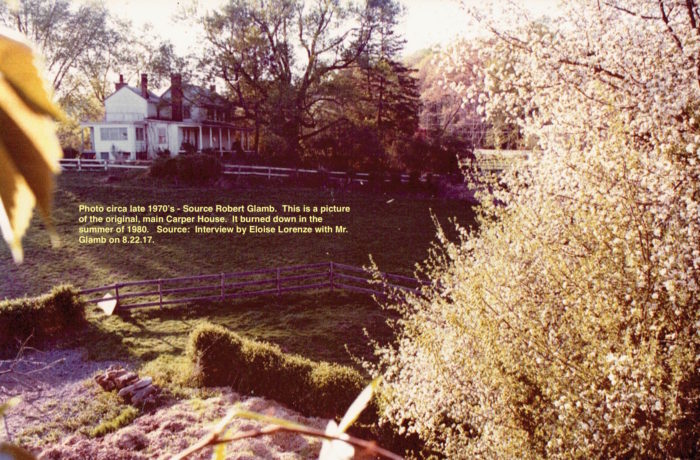

- In the 1980’s, current Carper Dairy Farm owner Robert Glamb converted the dairy barn into horse stalls. Mr. Glamb went to the Michigan School of Horseshoeing, and at one point, the Glambs ran a horse boarding operation with up to 22 horses. The barn now has 15 empty stalls and the upstairs of the barn was once used to store hay. Turkey vultures now make their home there.
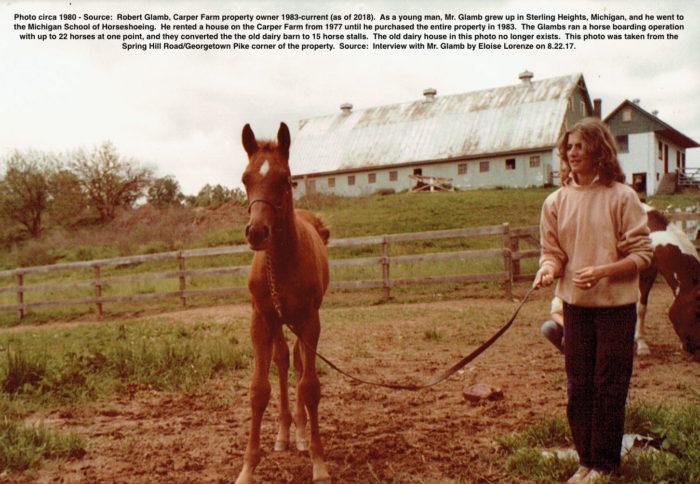
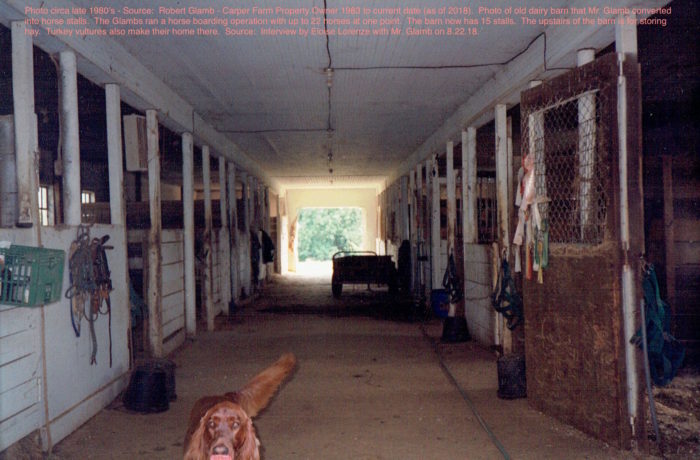
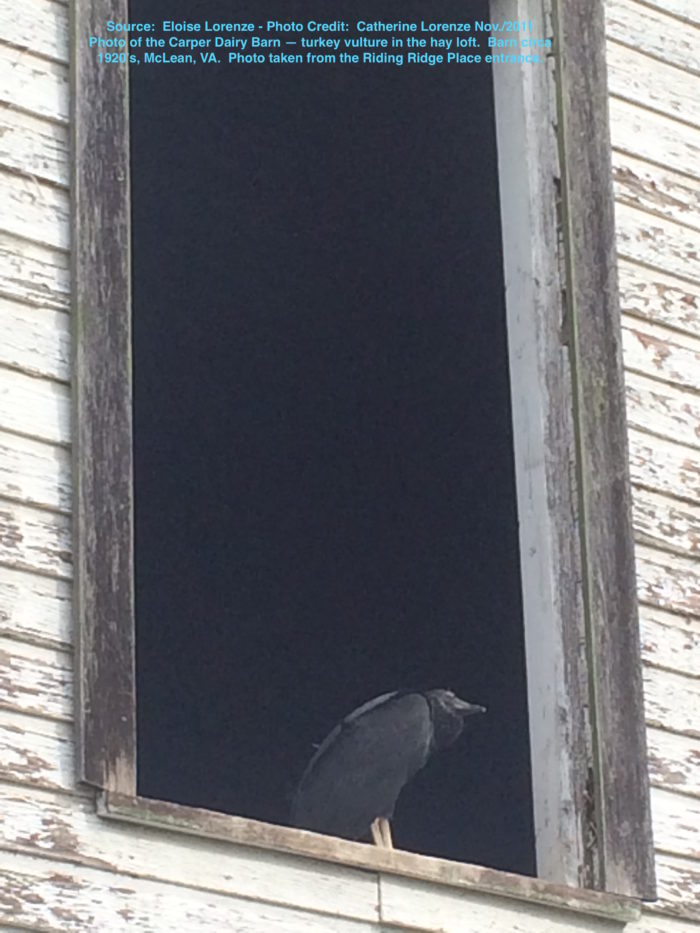

- The Glambs built the new home on the property in 2013. You can see their beautiful home here: http://www.houzz.com/ideabooks/21054208?utm_source=Houzz&utm_campaign=u414&utm_medium=email&utm_content=gallery1
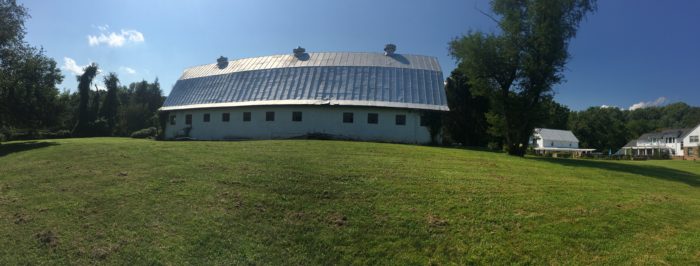
- In the Anthology of Local Histories produced for the McLean Citizen’s Association in 2007, editor Jan Auerbach asserts that “Carper’s Forge” – the home located at 937 Bellview Road next to Prospect Hill, “seems to be connected at one time to the old dairy farm.” It may be related to Thomas Samuel Carper’s Blacksmithing operation.
DOUBLE CLICK on the links below for two detailed reports written by Langley High School students in the 1990’s about the Carper Farm Property and the neighboring Phillips house (which no longer exists).
Phillips House LHS Report Carper Property LHS Report
Sources:
- Lynn C. Colton and Jane E. Partride, “The Carper Property, McLean, VA” May 1993 American Civilization Department, Langley High School: 2, 11-12, 16.
- Carole L. Herrick, Yesterday-100 Recollections of McLean and Great Falls, Virginia, Interview with Don Burns, July 19, 2006. pg. 49
- Kathleen J. Murphy, “The Story of Our Place – Great Falls, VA” The Connection, August 23, 2012.
- Interview with Robert Glamb, current owner of Carper’s Dairy Farm – Eloise Lorenze, August 22, 2017.
